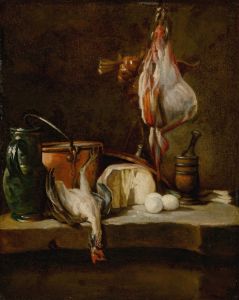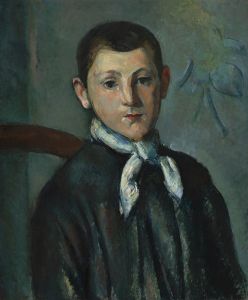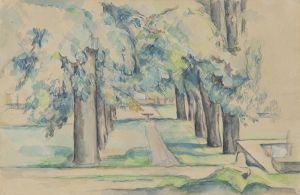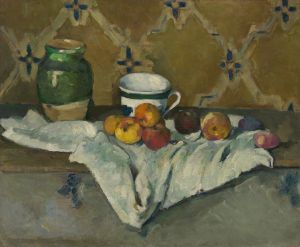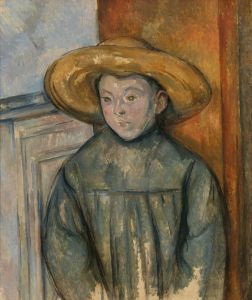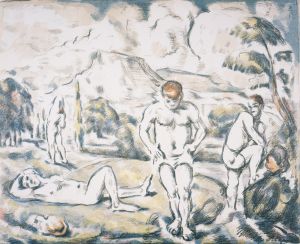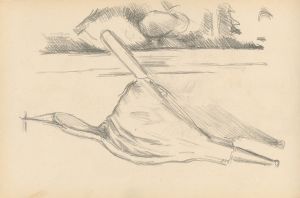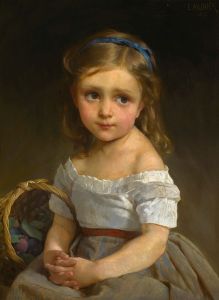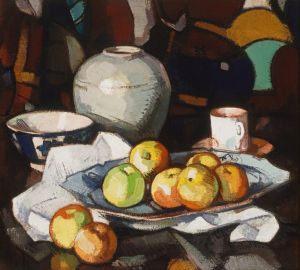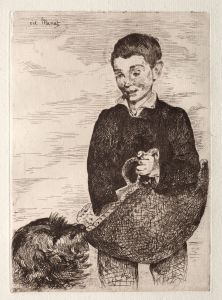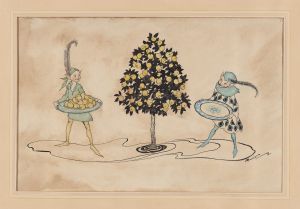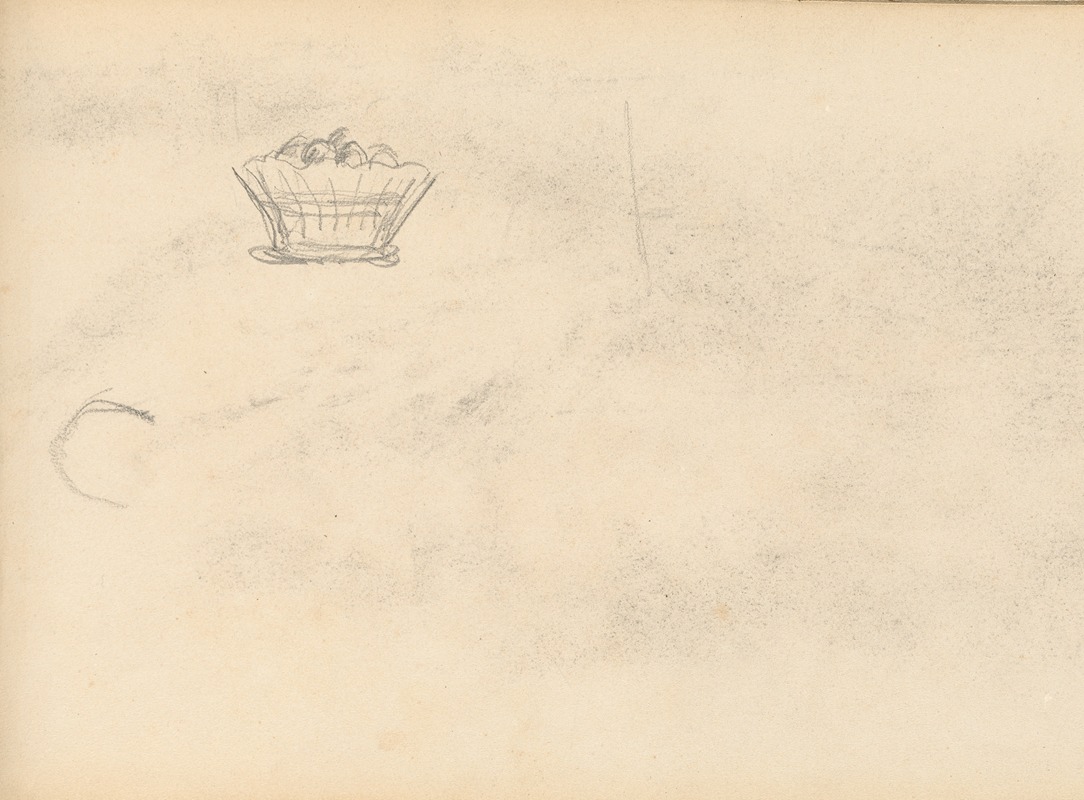
Basket
A hand-painted replica of Paul Cézanne’s masterpiece Basket, meticulously crafted by professional artists to capture the true essence of the original. Each piece is created with museum-quality canvas and rare mineral pigments, carefully painted by experienced artists with delicate brushstrokes and rich, layered colors to perfectly recreate the texture of the original artwork. Unlike machine-printed reproductions, this hand-painted version brings the painting to life, infused with the artist’s emotions and skill in every stroke. Whether for personal collection or home decoration, it instantly elevates the artistic atmosphere of any space.
Paul Cézanne, a pivotal figure in the transition from 19th-century Impressionism to 20th-century Cubism, is renowned for his unique approach to form and color. One of his notable works, "Basket," exemplifies his innovative style and contribution to the art world. Although specific details about a painting titled "Basket" by Cézanne are not widely documented, we can explore the broader context of his still life paintings, which often featured baskets as a central element.
Cézanne's still lifes are celebrated for their complex compositions and the way they challenge traditional perspectives. He frequently painted everyday objects such as fruit, bottles, and baskets, using them to explore the interplay of shapes, colors, and spatial relationships. His approach was characterized by a meticulous attention to detail and a desire to capture the essence of the objects rather than their mere appearance.
In Cézanne's still life paintings, baskets often serve as a focal point, anchoring the composition and providing a sense of structure. He used baskets to explore the tension between two-dimensional and three-dimensional space, a hallmark of his style. By carefully arranging objects within and around the baskets, Cézanne created a dynamic interplay of forms that invited viewers to engage with the painting on multiple levels.
Cézanne's use of color in his still lifes, including those featuring baskets, was revolutionary. He employed a palette of muted tones and subtle gradations to convey depth and volume. His brushwork, characterized by small, deliberate strokes, allowed him to build up layers of color and texture, giving his paintings a sense of solidity and permanence. This technique also contributed to the overall harmony of the composition, as Cézanne carefully balanced the colors and forms within the painting.
The influence of Cézanne's still lifes, including those with baskets, extends beyond his own time. His exploration of form and color laid the groundwork for the development of Cubism, as artists like Pablo Picasso and Georges Braque drew inspiration from his work. Cézanne's ability to deconstruct objects into their basic geometric shapes and reassemble them in a cohesive composition was a precursor to the fragmented, abstract forms that would define Cubism.
Cézanne's still lifes also reflect his philosophical approach to art. He believed that painting should go beyond mere representation and strive to capture the underlying structure of the natural world. This belief is evident in his careful arrangement of objects and his focus on the relationships between them. By emphasizing the formal elements of his compositions, Cézanne sought to reveal the inherent order and harmony of the world around him.
In summary, while specific information about a painting titled "Basket" by Paul Cézanne is limited, his broader body of work in still life painting provides valuable insights into his artistic vision and legacy. Cézanne's innovative approach to form, color, and composition not only transformed the genre of still life but also paved the way for future developments in modern art. His paintings continue to be celebrated for their depth, complexity, and enduring influence on the art world.





